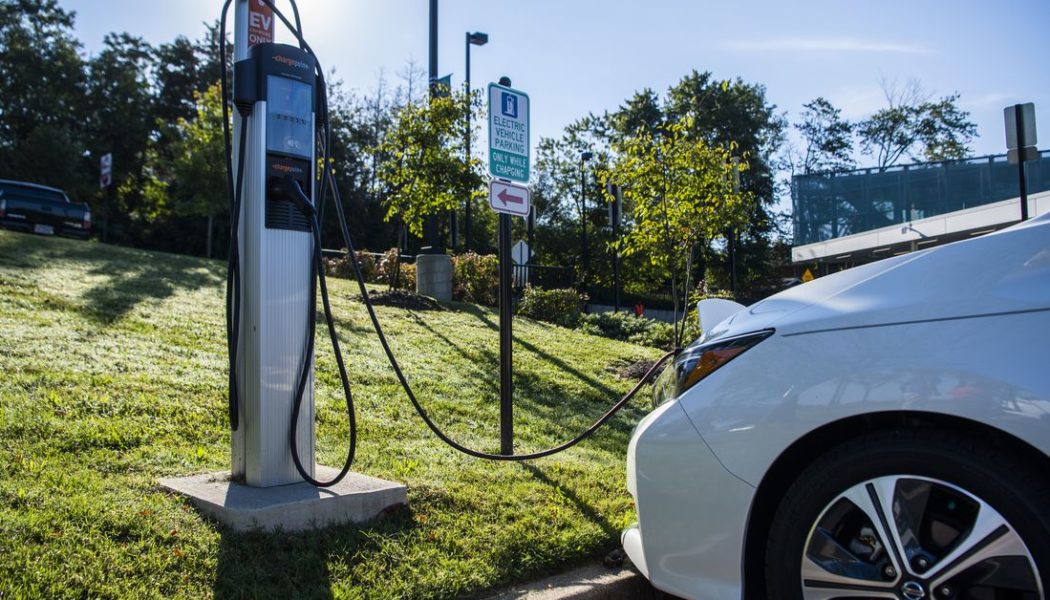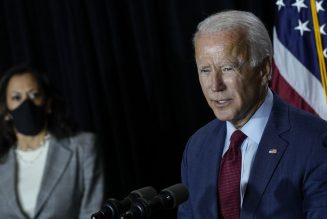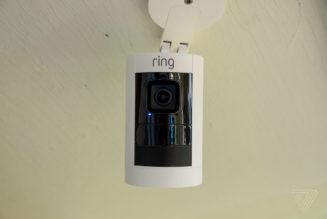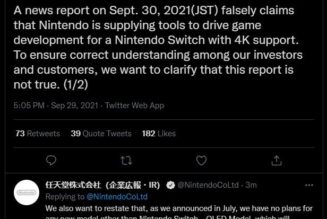
The Biden administration’s effort to blanket the country in half a million new EV chargers in the next half-decade got $7.5 billion in funding Monday when the president signed the $1.2 trillion infrastructure bill into law. But while those chargers will be necessary as electric vehicle sales continue to climb, Biden’s plan will require institutional — and personal — patience.
Not only will it simply take a while to build out that many chargers, but the majority of what gets built will likely be of the “Level 2” variety, which can replenish about 25 miles of battery capacity per hour. That means EV buyers in the US will have to get used to the idea of sipping energy while they’re out and about and doing most of their charging at home.
“The use case we think will be the most frequent is you’re doing something else in your life — you’re at the grocery store, or the movies, or church — and you’re just going to plug in there,” says Joe Britton, the executive director of the Zero Emission Transportation Association. “[That’s] instead of the gas station model, which is like, ‘Oh shoot, I’m on empty, I need to go and get all the way to full immediately.’”
This is, by all accounts, how most current EV owners handle charging. But it could prove to be an obstacle for some buyers in our petrol-centric society. At least one study already found that the top reason causing EV owners to switch back to a gas-powered car was the inconvenience of charging. But another shows that the percentage of people worrying about a lack of charging is dropping.
The infrastructure bill does allow for funding to go to new DC Fast charging stations. (Same with hydrogen fueling stations.) But Level 2 chargers are far cheaper to build and install, meaning the administration can get more of them for the same amount of money. Level 2 chargers only cost a few thousand dollars to get in the ground, while faster chargers can be 50 to 100 times as expensive.
Focusing on Level 2 chargers makes it possible for them to become a ubiquitous technology, Britton says. In turn, that will make it easier for people to charge while running errands or at work since there will (hopefully) be less competition for a plug.
Building out hundreds of thousands of Level 2 chargers should also make finding one feel less like a burden. Many current chargers are scattered in dark corners of hotel parking lots, often with just a handful of hookups. Making them easier to find will help encourage people to top up their cars’ battery packs while on the go, Britton says.
The language of the infrastructure bill related to EV charging is pretty broad, but it at least is focused on making these new chargers easy to access. They must be built in publicly accessible locations like parks, shopping centers, multiunit housing structures, government-owned buildings, or at transit hubs. They can be installed on private property but only if they’re accessible for a minimum amount of time per week.
Moreover, companies applying for funding to build out more chargers can’t use a proprietary plug and have to work with local governments to figure out a long-term maintenance plan so the stations aren’t abandoned.
It’s hard to know what exact shape this world of new chargers will look like until companies start requesting funds and local governments start doling them out. But while it’s not as ambitious a commitment as the $15 billion Biden originally wanted for EV charging infrastructure, people like Britton and Jonathan Levy, the chief commercial officer of EVgo, see it as a crucial step.
“The specifics on the numbers aren’t as important as the direction” things are going, Levy said in an interview with The Verge. “What we need from the tailwinds of policy is the support to accelerate ahead of full EV adoption.”









